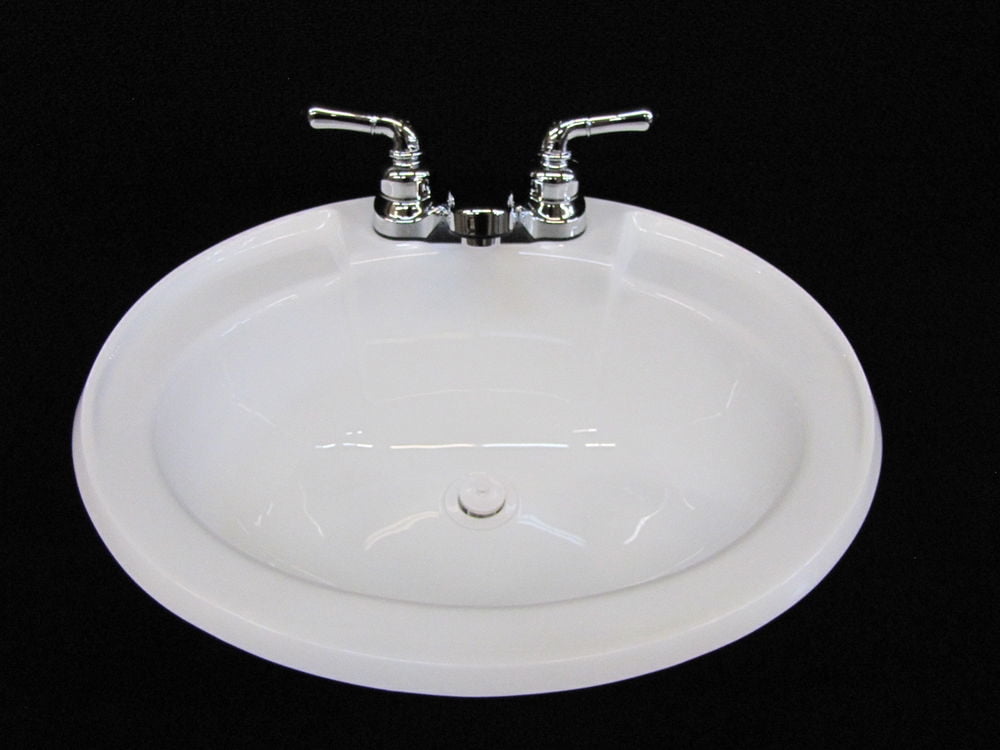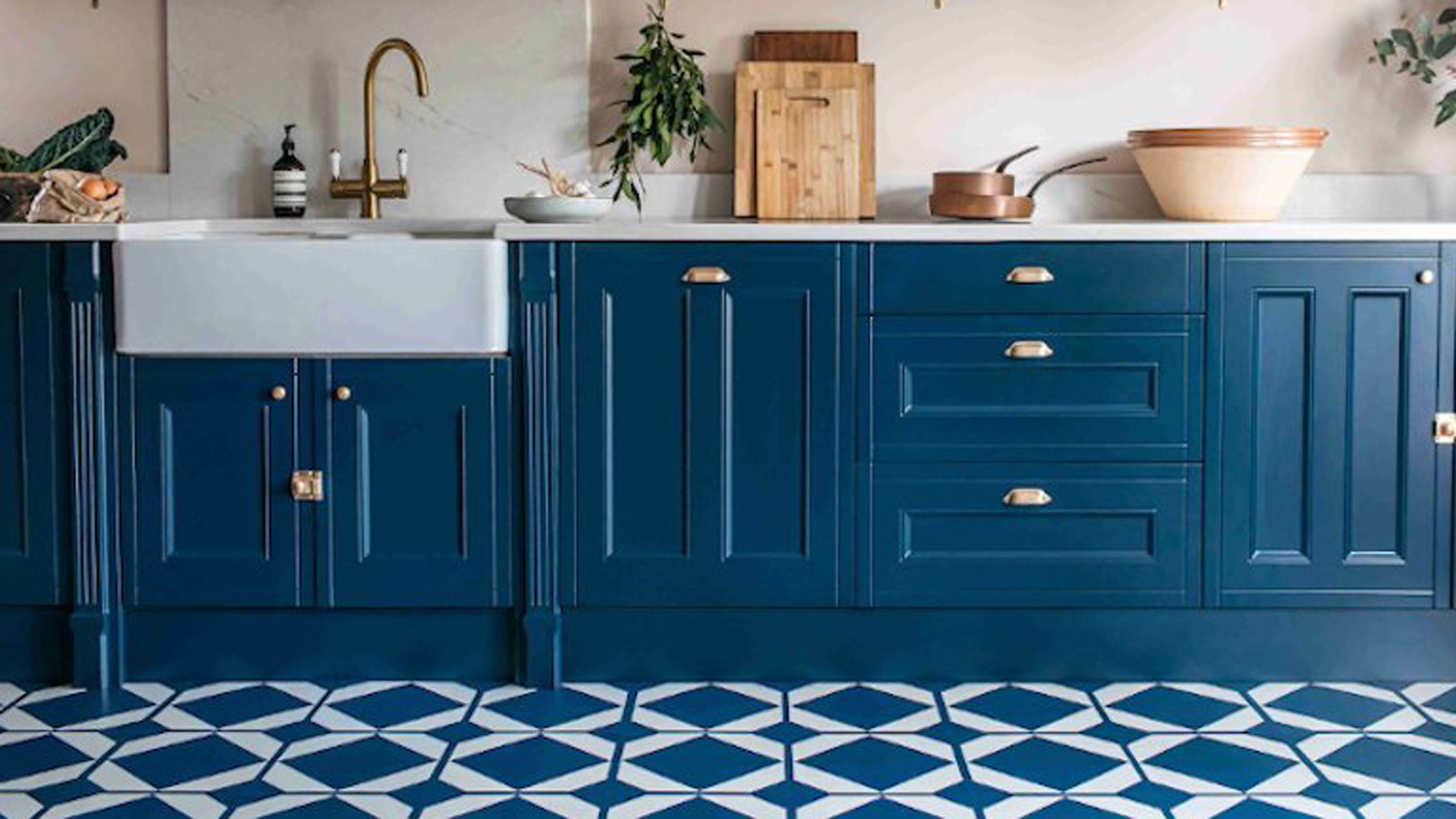The basic floor plan is arguably the most important skill one should learn when mastering Autodesk Revit. It allows you to quickly create a 2D representation of any building or home you want to design. In this tutorial we'll walk through the steps of creating a basic floor plan with Revit. To begin, open a new project in Revit. To do this go to File > New > Floor Plan. After naming the file and setting the units, you're ready to begin. Start by creating the walls that will make up the exterior of the building. It is important that when drafting that you pay attention to the properties of the walls as you create them. Make sure that each wall is assigned the appropriate material type and thickness. Once you have the walls created, you can create openings in them for windows and doors. To create the openings, select the Wall tool, select the walls, and click the Openings tool. Then, draw out the size and shape for your opening by using the snapped guides and selecting the location. After all the openings are created, you can add the window or door families into the opening. After you have all the walls properly set up, you can start drafting the interior of the building. To do this, use the Floor tool to draw out the rooms you want. Make sure that each room is defined properly with all the thickness and material options set up. Once the rooms are drawn, add in your furniture and appliances. To do so, select the Family tool, and select the type of family and size that you need in the room. The last step is to go through the entire plan and check for accuracy and precision. At this point, you should double check everything for any flaws in geometry or other problems that may need to be corrected. Once everything is set, you can save the project and start working on the exterior of the building.Revit Tutorial: Creating a Basic Floor Plan
Creating a floor plan with elevations is one of the best ways to showcase the design of a house in Autodesk Revit. With its help you can create a plan of your house with top view and side elevations. This tutorial will walk you through the steps to create your own floor plan with elevations in Autodesk Revit. Start by creating a basic floor plan in Revit. Use the Walls tool to draw the exterior walls of the house and add the appropriate materials and thickness to them. After that, you can add the openings for windows and doors. Select the Wall tool, select the walls, and click the Openings tool. Now draw out the size and shape for your opening and select the appropriate type of families, such as windows and doors, to be placed in the opening. Once you have everything set up, you can begin creating the elevations. Go to the Project Browser and find the Elevation view. Now click the Add Tool to start adding the elevation view. Revit will create the elevation from the floor plan. You can adjust the view to get the most accurate representation of your plan. At this point you can add in details like windows and doors to the elevation view. Finally you can fine-tune the details in your floor plan by adjusting the walls, the openings, and other features. Make sure to check the plan for any flaws in geometry or any issues that need to be corrected. When everything is set, save the project and check out the amazing work you have done!Creating a Simple Floor Plan with Elevations in Autodesk Revit - Synergis
Creating a room and floor plan using Autodesk Revit isn’t as complicated as it may sound. In this tutorial, you’ll learn how to create a floor plan in Revit to create a 3D model of the space. First of all, open a new Revit project for your floor plan. Here you can name your file and set the units. The next step is to draw the exterior walls of the building. To do this use the Walls tool. Make sure that when drafting the walls you pay attention to the properties of the walls. Also, assign the appropriate material type and thickness. After that, add openings to the walls for windows and doors. Then, you can create the interior of the building. Select the Floor tool and draw out the rooms you want. Make sure that each room is defined properly with all the thickness and material options set up correctly. When you're done, you can add furniture and appliances using the Family tool. Select type of family and size you need and add them inside the room. Lastly, check for mistakes or issues in your floor plan. Revise the walls, openings, and other elements to make sure everything looks accurate. Then save the project and you’re done! To view the 3D model of your floor plan, go to the 3D view and check it out. You can explore the model from different angles to check all the details that you have created.REVIT Create a Room and Floor Plan - YouTube
Creating a floor plan using Autodesk Revit can be a great way to bring a building design to life. Once you understand the fundamentals of Revit, you can easily create a quality floor plan from start to finish. This tutorial aims to provide you with an overview of the essential steps to creating a floor plan in Revit. First, start by drawing the exterior walls of the building. Use the Walls tool for this task. Make sure to assign the walls the appropriate material and thickness. Then add the openings to the walls for windows and doors. Select the Wall tool, select the walls, and click on the Openings tool. Draw out the size and shape of the openings and select the appropriate type of families, such as windows and doors, to be placed in the opening. The next step is to create the interior rooms of the building. Use the Floor tool to draw the interiors. Make sure that all the thickness and material options are set up properly and all the rooms are defined correctly. After that, you can start adding furniture and appliances using the Family tool. Select the type of family and the size you need in the room and place them in the area. Finally, you need to go through the entire plan and check everything for accuracy and precision. Check for any flaws in geometry or any issues needing corrective action. When you’re done, you can save the project and start showing off your beautiful design. Create stunning visualizations of your building design and enjoy the results!Autodesk Revit Floor Plan Tutorial
Designing a house is a complicated process, but it can be made much easier with the help of Autodesk Revit. In this tutorial, we’ll be showing you the steps to designing a house in Revit from start to finish. We’ll be taking you through the basics of drawing a floor plan, creating elevations, adding furniture, and much more. To begin, start a new project in Revit and name the file. Set the units to your preference. Begin by creating the walls that will make up the outside of the building. When creating walls, make sure to assign the appropriate material type and thickness. You can choose from brick, stucco, metal, wood, and more. Once the walls are complete, create the openings in them for windows and doors. Now, begin drafting the interior of the building. Use the Floor tool to draw out the different rooms you want to have in your home. Make sure that each room is defined properly with the appropriate thickness and material options set. After that, you can place the furniture and appliances in the room by using the Family tool. Select the type of family and size you need in the room and add it inside. Once all the details have been created, go through the entire plan and check everything for accuracy and precision. Make sure to adjust any elements or features that may need correction. When everything is set, save the project and you’ve just created a great 3D model of a house in Revit!Designing a House in Revit | Pluralsight
Revit Tutorials on YouTube is an excellent resource for anyone looking to learn more about Autodesk Revit. These tutorials provide an easy-to-follow guide to get started with Revit, and will teach you all the basics you need to know to create a floor plan from start to finish. With these tutorials, you can quickly become an expert in drawing floor plans and designing buildings in Revit. Start by watching the step-by-step tutorials to become familiar with the basics of Revit, such as drawing walls, adding materials, and creating openings for windows and doors. Then, learn how to create rooms and add furniture and appliances with the Family tool. After that, get into more advanced topics such as creating elevations and 3D views of your floor plan. You can also learn about optimizing and troubleshooting your Revit projects. Watch tutorials on changing the unit settings, printing, creating walkthroughs, and much more. With all of the resources available, you can become an expert in no time. Finally, take advantage of the free video series available to build your knowledge even more. Learn the fundamentals of Revit, how to build a structural model, and how to use Dynamo to automate processes. No matter what your level of knowledge is, there is something for everyone in these Revit tutorials on YouTube.Revit Tutorials - YouTube
Designing a requested plan in Revit can be a daunting task, but with the right tools and some practice, you can create amazing results. In this tutorial, we will provide a brief overview of the steps for designing a requested plan in Revit. These steps can be followed as a general guide to help you get started. To begin, open a new project in Revit and name it. Set the units to match the requested plan and select the appropriate template and building type. You will then want to create the walls that will form the exterior of the building. Pay special attention to the properties of the walls to ensure all the necessary materials and thicknesses are set. Next, you can add openings to the walls for windows and doors. Select the Wall tool, select the walls, and click the Openings tool. Draw out the size and shape of the openings and select the appropriate type of families, such as windows and doors, to be placed in the opening. After that you can start drafting the interior of the building. Use the Floor tool and draw out the rooms you need. Make sure that each room is properly set up with all the relevant material and thickness options. Once you have the interior of the building set up, you can then start adding furniture and appliances. To do this, select the Family tool and select the type of family and size that you need in the room. Once you have everything placed correctly, you can check for accuracy and precision. Make sure that all the elements and features are set properly. Finally, save the project and enjoy the amazing work you have created! Design a Requested Plan in Revit: 5 Steps (with Pictures)
Revit is one of the most popular software for house design, but learning how to create a house design from scratch can be daunting. In this tutorial we’ll walk through the basics of creating a 2D floor plan with Revit, even if you have never used Revit before. Let’s get started! First, open a new project in Revit and name it. Set the units to match whatever you’re designing and you’re ready to start. Begin by creating the walls that will make up the outside structure of the house. Pay special attention to the properties of the walls as you create them and make sure each wall is assigned the appropriate material type and thickness. Once you have the walls created, it’s time to add the openings for windows and doors. To do this, select the Wall tool, select the walls, and then click the Openings tool. Now draw out the size and shape of the openings and select the type of family you want to use like windows and doors. Now you can begin creating the interior of the building. Use the Floor tool to draw out the rooms you want. Make sure that each room is defined properly with the appropriate thickness and material options set. After that, you can add the furniture and appliances using the Family tool. Select the type of family and size you need and add it to the room. Finally, check for accuracy and precision in the entire plan. Adjust the elements and features as needed until everything looks perfect. When you’re done, save the project and you’ll have created your first 2D floor plan in Revit! Revit House Design Tutorial for Beginners: Creating 2D Floor Plan
Rotating a building in Autodesk Revit doesn’t always have to be done manually. With the help of Dynamo, you can quickly and easily rotate a building automatically. To illustrate this, we’ll be walking through the steps of how to rotate a building in Revit using Dynamo. To begin, open a project in Revit and open Dynamo. Create a new graph and begin by selecting the Select Model Elements nodes to select the building or wall that you want to rotate. In this case, we’re going to be rotating a building. Connect the output to the next input. Open the Transform Element node and select the rotate option. This node will allow us to input a rotation angle in degrees.Automatically rotate a building in Revit using Dynamo
Take the First Steps Towards Designing Your Dream Home with a Revit House Plan Tutorial

Designing a home can be overwhelming, especially if you’re starting from scratch. That’s why house plans are so popular – providing an organized starting point for builders, architects and interior designers. With Revit house plan tutorial , you can take the initial steps towards creating a customized home plan without the need for a certified architect or professional drafting experience.
Revit is a Building Information Modeling (BIM) software designed to create detailed building projects for an array of industries. The software is a powerful tool for developing drawings and simulating construction in real-time. With Revit, you can create accurate house plans and:
- Create precise 3D building designs.
- Calculate and monitor construction costs.
- Simulate changes in a virtual environment.
- Visualize rendering elements.
When creating a custom Revit plan for your home, start with a scaled floor plan of your desired space and then incorporate this into the Revit software. You can also opt to work with a Revit house plan template to jump-start the process. From here, you can develop a 3D Revit house model and build detailed drawings. You can also adjust the walls and other design elements in an effort to create the perfect floor plan for your space.
Design Your Home According to Your Unique Plans

When you create a Revit house plan, you’ll be able to customize every statistical element of the design, from the electrical wiring to the light fixtures. The software also provides the ability to create and incorporate a variety of materials into the design, from exterior to interior options.
From here, you can also obtain a professional rendering of the final plans. Rendering allows you to visualize and customize the design before taking it to an architect or a contractor. You can also obtain a 3D walkthrough of your design, allowing you to explore the virtual space beforehand.
Get Started with Revit House Plan Tutorials and Begin Designing Your Home

With Revit house plan tutorials, you can change and adjust your home plans in a virtual environment with ease. Plus, this software can be used even without prior engineering or drafting experience. So, what are you waiting for? Get started today and begin designing your dream house.





























































